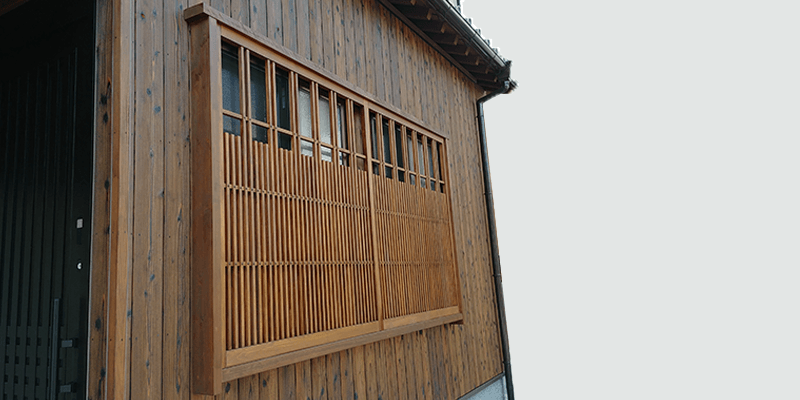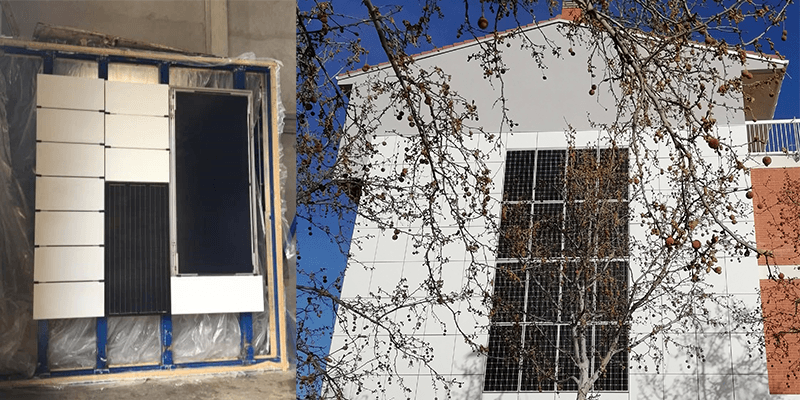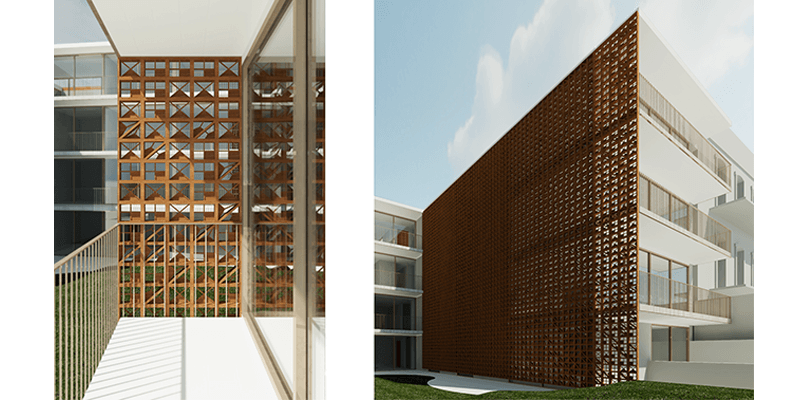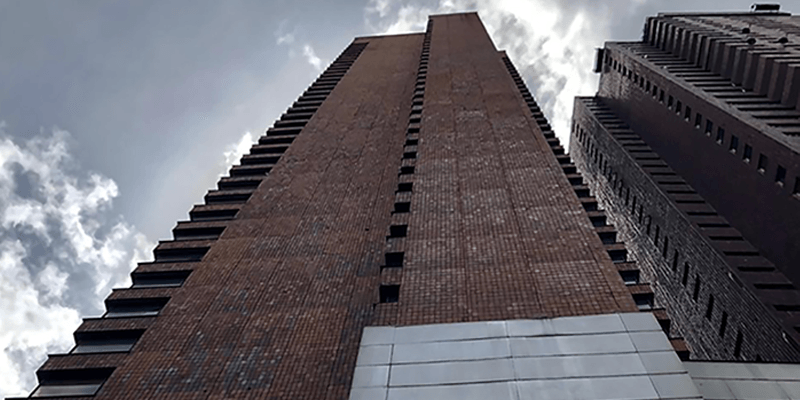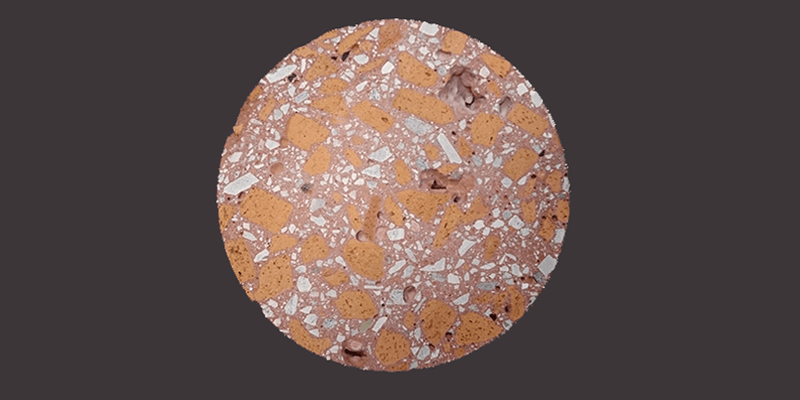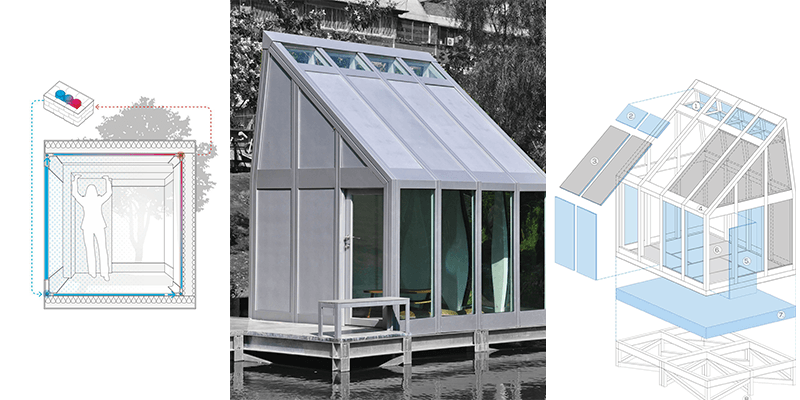Editorial
-
Welcome to our final JFDE issue of 2020, a year defined by the global covid-19 outbreak, which has
had a drastic impact on all our lives, ranging from global politics to our daily routines. Conversely,
most academic activities had to switch from a physical setting to a virtual environment (a situation
that is still very much the case in Europe). We have had to learn how to interact via digital tools
and especially seize and promote the value of not just written information, but also the potential
behind virtual conferences, workshops, and events to keep in touch...
Articles
-
As the European building stock is in evident need of deep energy retrofitting to meet current European decarbonisation targets, the construction market calls for industrialised systems to boost massive renovations and activate economies of scale. The article outlines the development of an offsite fabricated system for building energy refurbishment through rainscreen façade elements. A focus is placed on such elements as they offer excellent system integration possibilities and the opportunity to boost the level of offsite fabrication, compared to other already industrialised façade...
-
Green screen façades (GSF) remain an unexplored field of study in warm-summer climates with Mediterranean conditions.
This research aims to establish whether or not these thermal comfort façade systems are worth developing in cities with dry summers and a high range of thermal oscillation. A comparative study of four buildings´ green screen façades in Santiago de Chile was carried out, with different orientations and plant species, both in type and state of maturity.
Temperature and relative humidity outside and inside the cavity were measured during summer days. It was...
-
As the European building stock is in evident need of deep energy retrofitting to meet current European decarbonisation targets, the construction market calls for industrialised systems to boost massive renovations and activate economies of scale. The article outlines the development of an offsite fabricated system for building energy refurbishment through rainscreen façade elements. A focus is placed on such elements as they offer excellent system integration possibilities and the opportunity to boost the level of offsite fabrication, compared to other already industrialised façade...
-
Computation-based approaches are increasingly important in architecture, namely Algorithmic Design (AD), which is based on the use of algorithms to generate designs. Besides enhancing design exploration, AD helps architects deal with recurrent design changes and with the pressure to quickly obtain results. Moreover, AD supports the search for better-performing solutions that satisfy environmental demands. Unfortunately, the complexity and specialized knowledge required by AD are still restraining architects due to the amount of effort and time needed to implement the necessary...
-
The tradition of ceramic façades in Bogotá dates back to more than a century ago. However, this tradition has been characterised by keeping a conventional construction approach, without any considerable evolution. This paper focuses on significant turning points in Bogotá’s tradition that have led to improvements in the construction environment, leading to possible paths for innovation with new proposals for ceramic façades. The central turning-point cases discussed are: Torres del Parque, the North Tower-Hilton International Hotel, brick façades for buildings that emerged after the...
-
The construction sector, identified as one of the largest producers of construction and demolition waste (CDW) and one of the largest energy consumers, demands effective measures and applicable solutions to address sustainability challenges. The closed-loop recycling of CDW, integrated with the large-scale deployment of high energy performing buildings, represents a challenge for the whole construction sector, where the lack of waste efficient and energy efficient envelope systems is identified as one of the main barriers. The aim of this paper is to provide one possible solution to...
-
Water-filled building envelopes are hybrid constructions with a solid and a fluid component, typically a glass or steel shell filled with water. The paper introduces the challenges of developing a water-filled façade structure and evaluates the possibility to utilise it as a viable construction system on a building scale. Water-filled glass (WFG) has been researched in the past and it was presented as an independent window element of a conventional building, where energy savings are achieved by using the absorption of the water layer for energy management of the building envelope. The...

